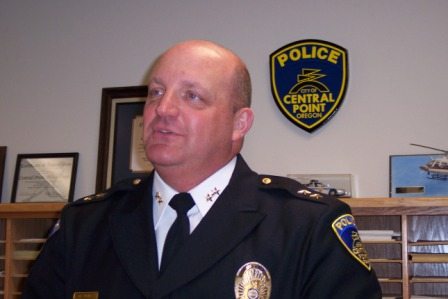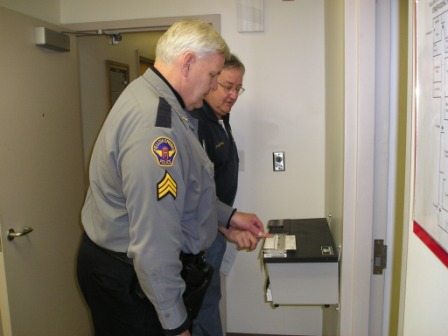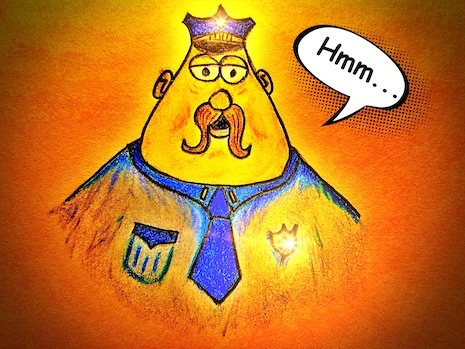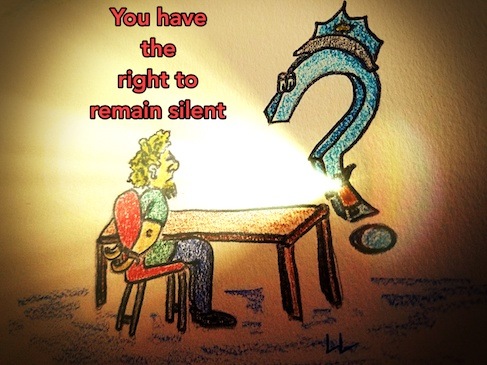TODAY is the LAST DAY to sign up for a “Seat” at Virtual MurderCon’s interactive event, and only a few “seats” are available!
I urge you to sign up asap to reserve your spot at this unique opportunity, one that may never again be available. This is a live event, presented in realtime. Q&A is available at the end of each presentation. In addition, the final session is live panel and Q&A discussion with each of the experts. So have your questions ready, because this is the time to gather the extraordinary details that will make your book zing with realism.
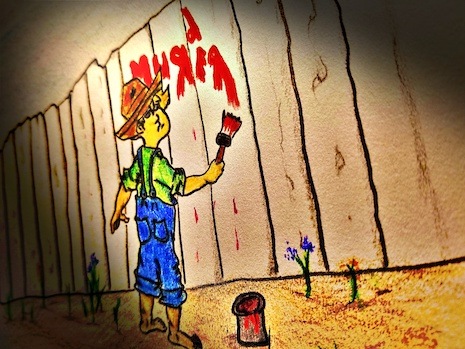
Registration for the Writers’ Police Academy special event, Virtual MurderCon, is scheduled to end at midnight tonight, July, 31, 2020.
Virtual MurderCon is a rare opportunity for writers to participate in live and interactive, “for law enforcement eyes only” training.
This incredibly detailed, cutting-edge tutelage in classes taught by some of the world’s leading professionals, Sirchie’s renowned team of crime scene investigation experts, has never before been available to writers, anywhere. Until now.
Virtual MurderCon Classes, Instructors, and a Special Presentation
This fabulous, one-of-a-kind event opens with “How to Catch a Serial Killer,” a special presentation by Dr. Katherine Ramsland.
 Katherine Ramsland is a professor of forensic psychology at DeSales University in Pennsylvania, where she also teaches criminal justice and serves as the assistant provost. She holds a master’s in forensic psychology from the John Jay College of Criminal Justice, a master’s in clinical psychology from Duquesne University, a master’s in criminal justice from DeSales University, and a Ph.D. in philosophy from Rutgers. She has been a therapist and a consultant. Dr. Ramsland has published over 1,000 articles and 66 books.
Katherine Ramsland is a professor of forensic psychology at DeSales University in Pennsylvania, where she also teaches criminal justice and serves as the assistant provost. She holds a master’s in forensic psychology from the John Jay College of Criminal Justice, a master’s in clinical psychology from Duquesne University, a master’s in criminal justice from DeSales University, and a Ph.D. in philosophy from Rutgers. She has been a therapist and a consultant. Dr. Ramsland has published over 1,000 articles and 66 books.
Dr. Ramsland’s background in forensics positioned her to assist former FBI profiler John Douglas on his book, The Cases that Haunt Us, to co-write a book with former FBI profiler, Gregg McCrary, The Unknown Darkness, to collaborate on A Voice for the Dead with attorney James E. Starrs on his exhumation projects, and to co-write a forensic textbook with renowned criminalist Henry C. Lee, The Real World of a Forensic Scientist.
For seven years, she contributed regularly to Court TV’s Crime Library, and now writes a column on investigative forensics for The Forensic Examiner and a column on character psychology for Sisters in Crime; offers trainings for law enforcement and attorneys; and speaks internationally about forensic psychology, forensic science, and serial murder.
Art of Blood – Violent crimes and accidents frequently involve the interpretation of blood evidence. This class includes presumptive testing techniques of stains thought to be blood, as well as searching crime scenes for latent blood with luminol when circumstances dictate that the area was cleaned by the perpetrator.
DNA evidence collection is also a part of this detailed session taught one of the top experts in the field.
Child Abduction/Murder – Taught by the investigator who solved the high-profile case that drew national attention, this presentation follows the evidence to tell the story and will graphically show the connections which solved the crime.This child abduction/murder case involves a 12 year old girl who was kidnapped at knife point from her bedroom while enjoying a sleepover with two of her friends.
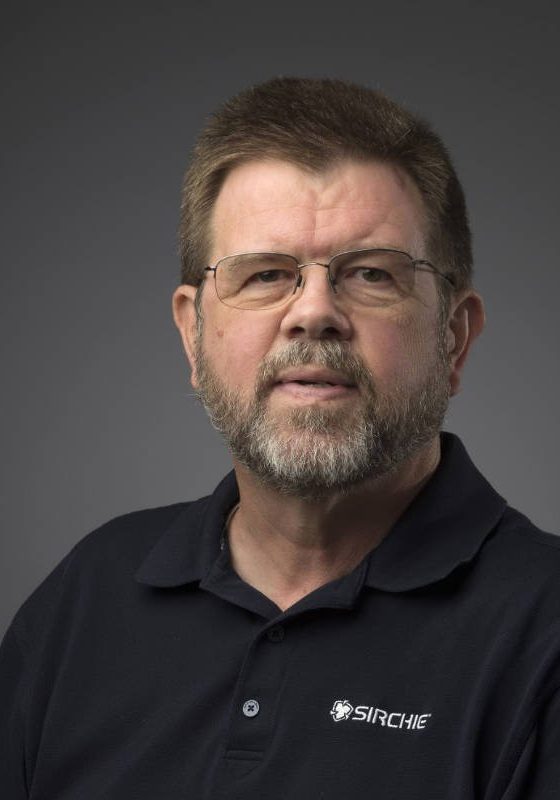
Instructor David Alford is a retired FBI Special Agent with 21 years of experience investigating violent crimes, terrorism and other cases. He was one of the founding members of the FBI Evidence Response Team (ERT) and conducted crimes scene searches on domestic and international violent crimes and bombings, including the Polly Klaas kidnaping and murder, the Unabomber’s cabin and the 9/11 Pentagon scene. He worked in the Denver and San Francisco field offices and completed his career at Quantico in the FBI Lab ERT Unit. During the 6 years in the FBI Lab, he was primarily responsible for overseeing and teaching basic and advanced crime scene courses throughout the US and many other countries.
In the 6 years before the FBI, David was a Forensic Serologist, Hair and Fibers Examiner and Bloodstain Pattern Analyst for the Kentucky State Police Crime Lab. After retirement, David taught crime scene courses around the world on behalf of the FBI and US State Department. David has been with Sirchie as an instructor and sales representative for Sirchie’s RUVIS and ALS products for the last 10 years. David loves teaching and allowing students to learn through hands-on training.
Drugs/Toxicology NARCAN By Noon – This session will explore drug trends and mortality of drug users, and how can they determine overdose versus foul play.

Instructor Sgt. James Yowell, a counter drug investigator who, as an undercover officer investigated international drug trafficking cases targeting Mexican organized crime.
Entomology: From The Inside Out– Bug and scavenger activity can tell a lot about a corpse. Using entomology and environmental information, a skilled investigator can determine relative time of death, if a corpse has been relocated, and many other key facts. Learn how nature works from the inside out.
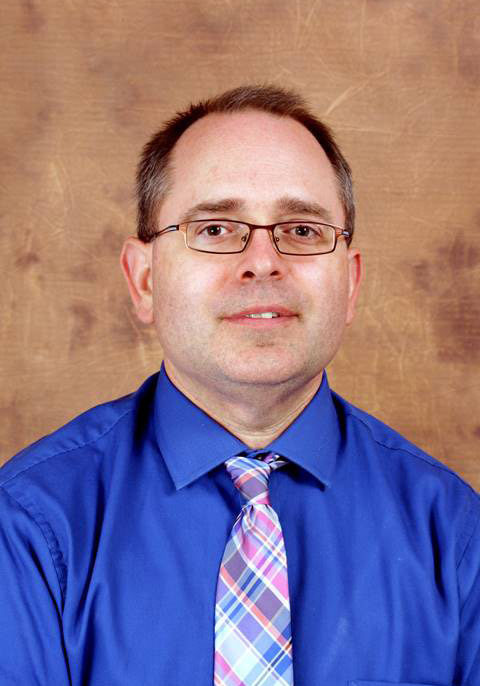 Instructor Dr. Bryan Brendley’s specific areas of focus are cell biology, botany, and forensic anthropology. He has conducted years of research on the impact of insects on decomposing bodies with his students. He teaches a comprehensive forensic science program.
Instructor Dr. Bryan Brendley’s specific areas of focus are cell biology, botany, and forensic anthropology. He has conducted years of research on the impact of insects on decomposing bodies with his students. He teaches a comprehensive forensic science program.
Fingerprinting: Who’s MARK – Attendees will receive instruction on developing impression evidence from dust utilizing a electrostatic dust print lifter, and on porous surfaces, including paper and cardboard utilizing chemical processes. Cyanoacrylate (“superglue”) techniques for non-porous surfaces will be addressed.

Instructor Jim Gocke is a graduate of West Virginia University and West Virginia College of Law. In addition, he completed a Fellowship in Forensic Medicine at the Armed Forces Institute of Pathology and earned a Master of Science in Forensic Sciences from The George Washington University. He was employed by Sirchie Fingerprint Laboratories, Inc as Vice President/General Counsel and Director of Education and Training from January 1979 until March 2008. He was employed by Sirchie Acquisition Company, LLC as Director of Education and Training from March 2008 until his retirement in July 2015. Currently, Jim serves as an Independent Contractor to Sirchie, providing expertise in Education and Training, product development and evaluation and technical assistance.
Footwear Evidence: A Step In The Wrong Direction – Similar to fingerprints, footwear has unique and probative characteristics that are often used to track down criminals. Learn the tactics, techniques, and the one-off physiognomies that help lead investigators to the source of a crime du jour.
Shoes, Glorious Shoes: Lifting Footwear Impressions – This fascinating session provides details of the various techniques utilized to process areas conducive to footwear evidence. Instructor Andy Parker demonstrates the electromagnetic dustprint lifter, gelatin lifters, and other CSI techniques.
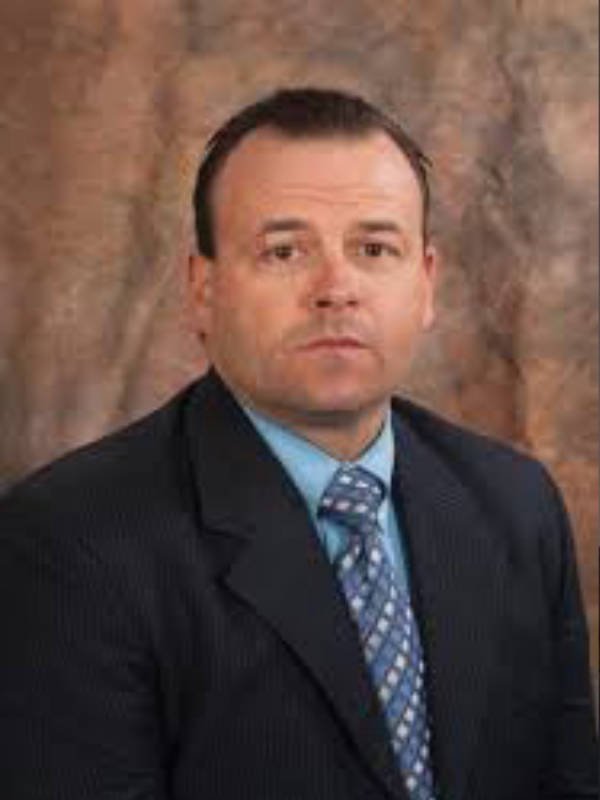
Instructor Andy Parker has a Bachelor of Science degree in Criminology / Criminal Justice from Florida State University. He began his career in law enforcement with the Florida Department of Law Enforcement. After seven years with FDLE, he worked crime scenes, analyzed latent prints and footwear evidence for the Tallahassee Police Department. In 2002 he began work with the City-County Bureau of Identification in Raleigh NC. At CCBI, he has held the position of Latent Print Examiner, Latent Print Section Supervisor, Deputy Director in charge of the Identification Division, Deputy Director in charge of the Laboratory and currently is responsible for the Investigations Division. He is a certified Latent Print Examiner with the IAI. Andy is also a graduate of the FBI’s National Academy.
Forensic Geology: “Sedimental” Journey– Think rocks and soil are boring? Not when presented by one of the few forensic geologists in the country who has testified in murder trials about her examination of soil collected as evidence from murder scenes that linked killers to known locations. Certain to be one of the most unique and intriguing sessions at MurderCon 2020, this session conducted by Heather Hanna will intrigue and inform attendees about the role of a geologist in mapping different soils throughout the United States—and a global level—and how forensic geology can prove useful as a foundation for comparison soil evidence in criminal investigations.

Instructor Heather Hanna is a forensic geologist specializing in the analysis of rock fragments and mineral grains in soils as trace evidence. Since 2009, she has been involved in multiple forensic investigations and has testified as an expert witness in four first degree murder trials, the first of which set a legal precedent in Wake County for using geochemical analysis of mineral grains in court. As a result of her forensic work, she has been an invited speaker at many law enforcement conferences and continuing education programs including the Conference of District Attorneys, the North Carolina Criminal Information Exchange Network, the North Carolina Homicide Investigators Association, and the North Carolina International Association for Identification. She has also presented her forensic work at national and sectional Geological Society of America meetings and as an invited speaker for the Soils Science Society of North Carolina.
Gazing Into The Cloud – No one is anonymous. Your digital footprint is wide spread and mostly out of your control. The Cloud is an ominous vapor of data that can haunt the most cautious criminal or victimize most innocent of people. What can be found in the cloud? Learn how easy it is to mine the cloud and use this data for good as well as nefarious activity.
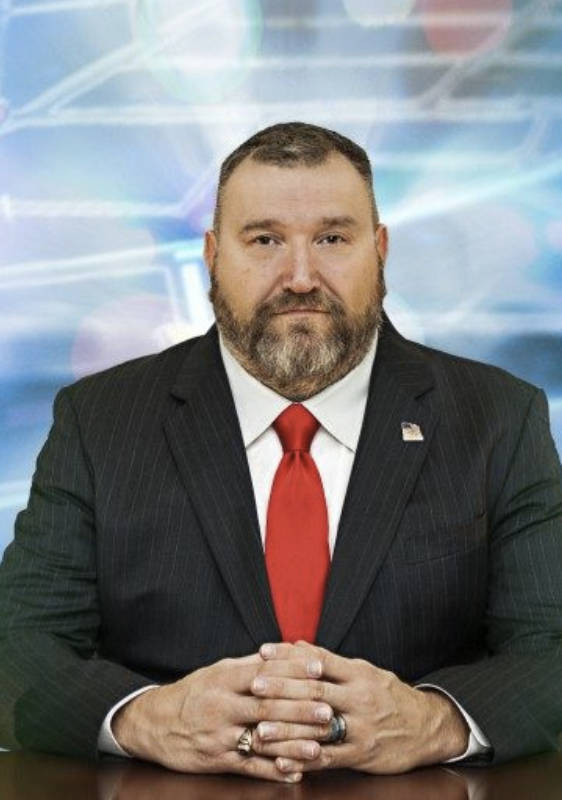
Instructor Stephen Pearson combines more than 29 years of law-enforcement experience with in-depth expertise in today’s most pervasive Internet, computer, and digital device technologies. Stephen developed computer forensic tools and coursework for the US Army Military Police School, as well as served as a computer investigator with Pulaski County Sheriff’s Office (FL). As a founder of High Tech Crime Institute, he has developed and conducted courses for NATO, the Federal Government, and various law enforcement agencies. Stephen holds a B.S. in Computer Information Science as well as an MBA. He is also a Microsoft Certified Systems Engineer, an US Army Master Instructor, and a certified Cellebrite Trainer, in addition to holding various other certifications for digital investigation.
Homocide Or Homicide: You Decide – Have you ever wanted to spend time picking the brain of an experienced homicide detective? Well, here’s your chance. Having investigated a wide variety of murders, attendees will find this session fascinating in content due to the breadth and depth of homicides that will be discussed. Included in the “new” topic will be the discussion of why the United States suffers from over 200,000 unsolved murders. These “cold case” murders rarely get examined or investigated once they are “put to bed” due to a wide variety of causes and reasons. Learn from one of the best detectives around who has investigated several hundred murders!
Murder Case Studies – In this intriguing and highly-detailed workshop, Detective Jeff Locklear takes attendees on a behind the scenes journey into actual murder scenes. Learn the investigatory tools and tricks of the trade used by a top homicide detective as he sought and captured brutal killers.
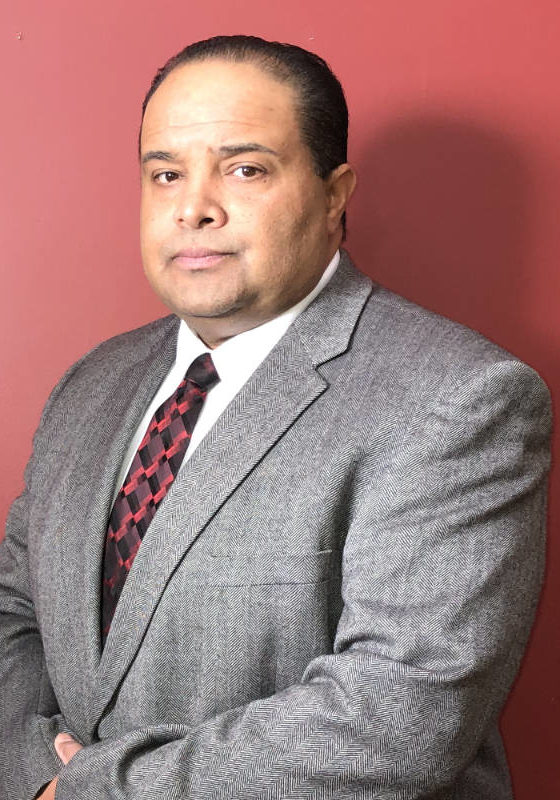
Instructor Detective Sergeant Jeff Locklear, a 21-year veteran law enforcement officer, currently works with the Fayetteville North Carolina Police Department as a homicide police specialist and training officer.
As a homicide detective he’s been involved with over 350 homicide investigations. He’s also investigated hundreds of violent felonies including rapes, robberies, aggravated assaults, and missing persons.
During his career he has responded to hundreds to death scenes such as suicides, homicides, accidental deaths, and natural and unexplained deaths.
Detective Locklear has conducted thousands of interviews of violent offenders, including cases featured on 48 hrs (The Kelli Bourdeaux murder), Swamp Murders, NCIS – The Cases They Can’t Forget: The Holley Wimunc Murder, Scorned Love Kills 2014, The Today Show, and numerous other news and media outlets, such as People Magazine and Time Magazine.
He’s a founding member of both the 2008 Fayetteville Police Homicide Squad and the 2016 Fayetteville Police Violent Criminal Apprehension Team (VCAT). In addition, he’s served as sheriff’s deputy , Forensic Technician, Patrol officer , Crimes against persons detective, homicide detective, gun and gang task force detective, and as a Violent Criminal Apprehension Team Detective.
Detective Locklear has presented cases workshops at a number of conferences and events, including the North Carolina Homicide Investigators Conference, North & South Carolina Arson Investigators Conference , Fayetteville State University (Criminal Justice), Fayetteville Technical Community College (Registered Nursing students), Methodist University, and more.
Having spent the majority of his career investigating violent crimes, Detective Locklear has a unique and vast perspective of being the first officer on scene, the Forensic technician processing the scene, the detective investigating the crime, and the detective whose task it is to track down and capture the suspects who committed the crimes. He’s a dynamic speaker who can “escort you” to a crime scene, “walk you” through what happened, “show you” who did it, and then “lead you” to where the suspect fled after committing the offense.
Murder-Mayhem -Session covers Cause, Manner, and Mechanisms of death, Coroner vs. Medical Examiner systems, differences in legal terminology for murder, homicide, and manslaughter, as well as, the realities in death investigations that are equivocal in nature. Physical, testimonial, and circumstantial evidence as introduced into the courtroom will be applied to death investigations. A case study of a very unique and rarely scene murder by hanging, and the forensic evidence obtained from the physical autopsy will be presented. This presentation includes a discussion of psychological autopsies and when they are utilized in criminal investigations.
 Instructor David Pauly retired from The U.S. Army Criminal Investigation Command as a Special Agent-in-Charge/Commander and Forensic Science Officer. He performed duties in over a dozen states, and frequently worked with local, state, and federal agencies. He also performed duties in Panama, South Korea, Afghanistan, Haiti, Kuwait, Saudi Arabia, Israel, Turkey, Sinai, Egypt, Canada, Guam, and Nigeria. He holds a Master of Forensic Science degree from The George Washington University and is currently the Director of Applied Forensic Science at Methodist University, Fayetteville, NC.
Instructor David Pauly retired from The U.S. Army Criminal Investigation Command as a Special Agent-in-Charge/Commander and Forensic Science Officer. He performed duties in over a dozen states, and frequently worked with local, state, and federal agencies. He also performed duties in Panama, South Korea, Afghanistan, Haiti, Kuwait, Saudi Arabia, Israel, Turkey, Sinai, Egypt, Canada, Guam, and Nigeria. He holds a Master of Forensic Science degree from The George Washington University and is currently the Director of Applied Forensic Science at Methodist University, Fayetteville, NC.
David graduated the FBI National Academy (Session 195), Canadian Police College – Major Crimes Course, Miami-Dade Police Department – Bloodstain Interpretation Course, and National Fire Academy – Arson Investigation Course. He is a Fellow of The American Academy of Forensic Science, and is a current, or past member of the International Association of Identification, North Carolina Chapters of the IAI and FBINAA, International Association of Bloodstain Pattern Analysts, North Carolina Homicide Investigator’s Association, The Vidocq Society, American Investigative Society of Cold Cases (AISOCC), and various other professional law enforcement and/or forensic science associations.

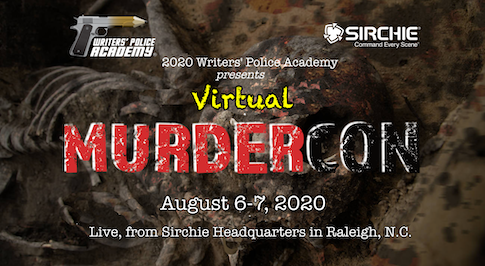
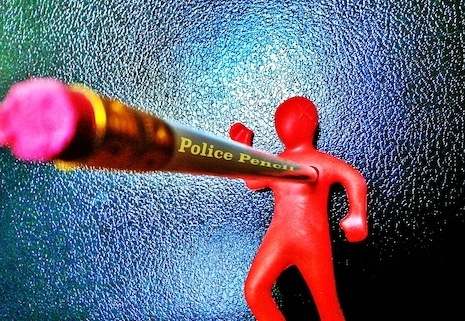
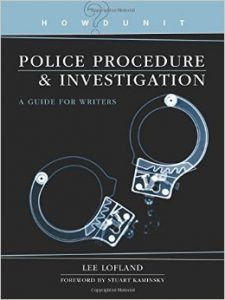
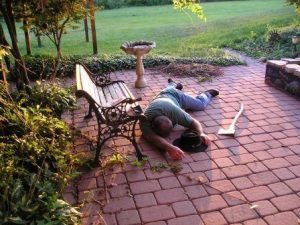
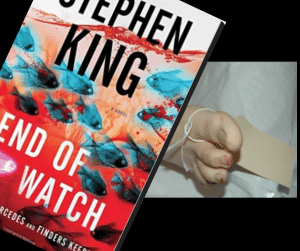


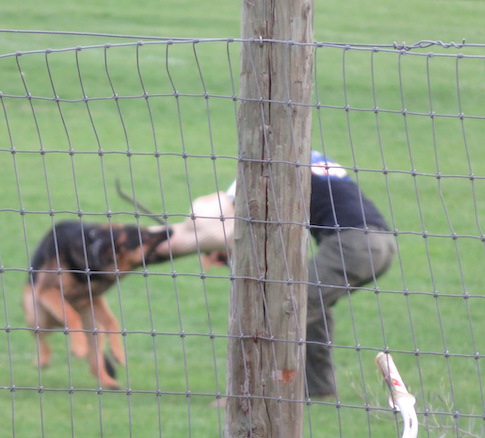
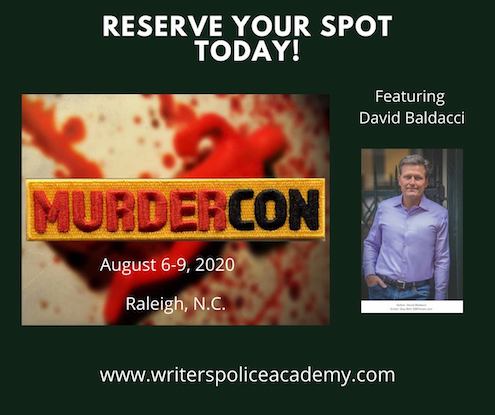

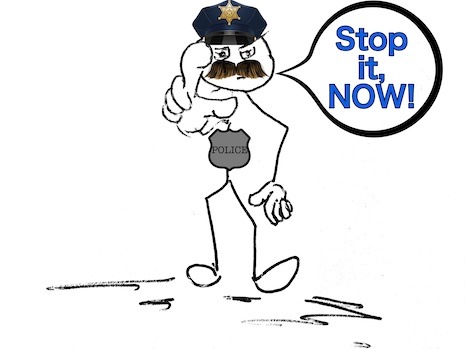 A great example are the slang terms Vic (Victim), Wit (Witness), and Perp (Perpetrator). These shortened words are NOT universally spoken by all cops. In fact, I think I’m fairly safe in saying the use of these is not typical across the U.S. Even the slang for carbonated beverages varies from place to place (soda, pop, soda pop, Coke, drink, etc.).
A great example are the slang terms Vic (Victim), Wit (Witness), and Perp (Perpetrator). These shortened words are NOT universally spoken by all cops. In fact, I think I’m fairly safe in saying the use of these is not typical across the U.S. Even the slang for carbonated beverages varies from place to place (soda, pop, soda pop, Coke, drink, etc.). Those of you who’ve written scenes where a cocky FBI agent speeds into town to tell the local chief or sheriff to step aside because she’s taking over the murder case du jour…well, get out the bottle of white-out because it doesn’t happen. The same for those scenes where the FBI agent forces the sheriff out of his office so she can set up shop. No. No. And No. The agent would quickly find herself being escorted back to her guvment vehicle.
Those of you who’ve written scenes where a cocky FBI agent speeds into town to tell the local chief or sheriff to step aside because she’s taking over the murder case du jour…well, get out the bottle of white-out because it doesn’t happen. The same for those scenes where the FBI agent forces the sheriff out of his office so she can set up shop. No. No. And No. The agent would quickly find herself being escorted back to her guvment vehicle.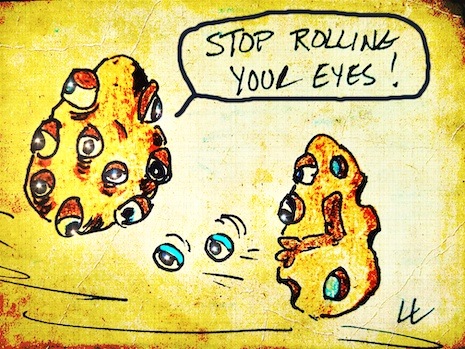


 Keep in mind, things are never the same/uniform across the country. It’s always best, if you’re going for 100% realism, to check with someone in the area where your story is set. The rules and regulations on one side of the country may not be the same on the other. And the middle of the country may also be totally different from the other localities.
Keep in mind, things are never the same/uniform across the country. It’s always best, if you’re going for 100% realism, to check with someone in the area where your story is set. The rules and regulations on one side of the country may not be the same on the other. And the middle of the country may also be totally different from the other localities.



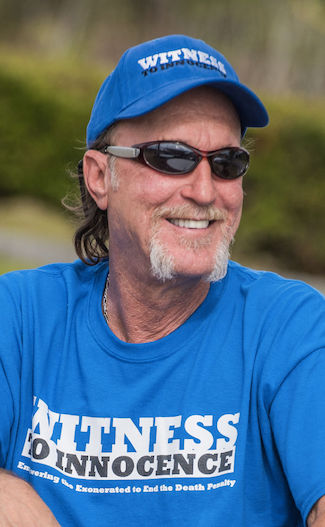
 Denene Lofland
Denene Lofland 







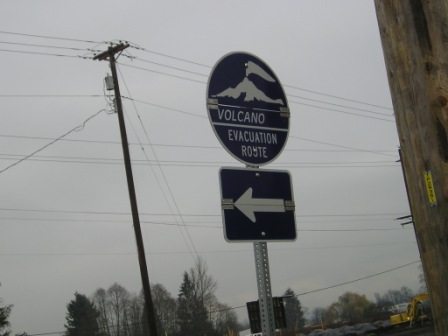
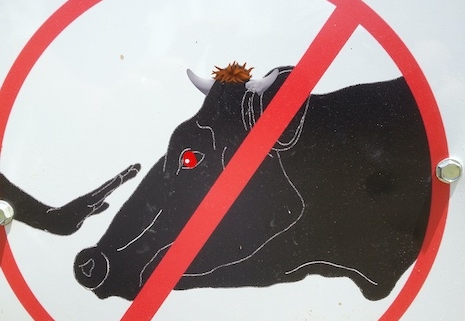
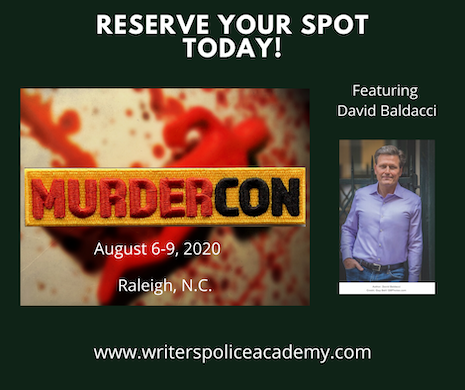
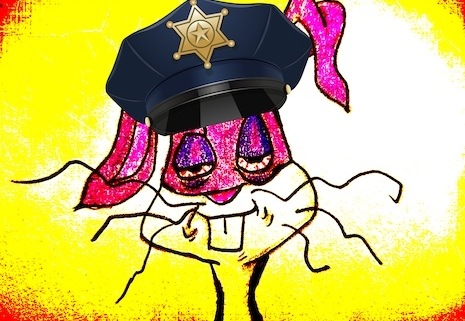

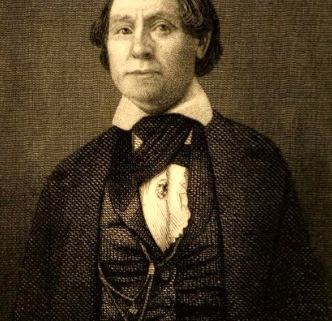
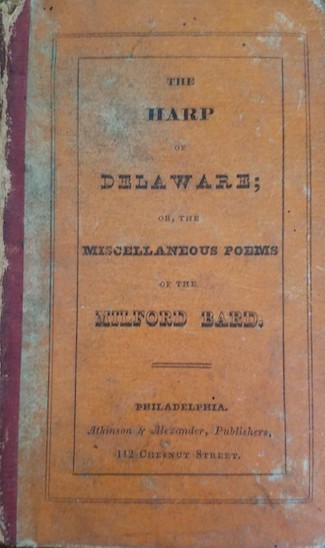
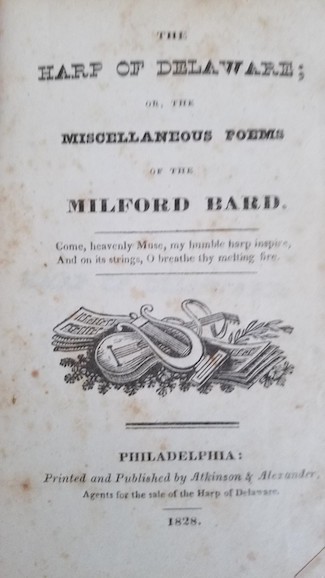
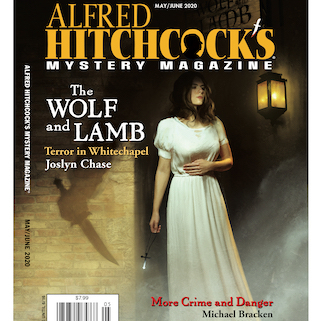
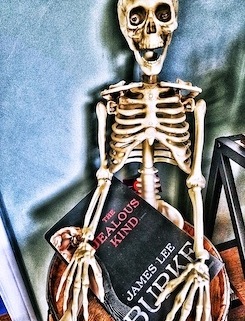
 While driving along, especially on bumpy and curvy roads, etc., there’s a constant “click” of metal tapping metal as the handcuffs hanging from the spotlight arm sway with the motions of the car. After a while, though, the noise is “tuned out” and simply becomes a part of the cacophony of sounds inside the patrol vehicle—constant police radio chatter, FM radio station, the drunk yelling and singing from the backseat, and even a partner going on and on about his kids or the big fish he caught, or the mangled dead body they’d discovered at a crash scene earlier in the night.
While driving along, especially on bumpy and curvy roads, etc., there’s a constant “click” of metal tapping metal as the handcuffs hanging from the spotlight arm sway with the motions of the car. After a while, though, the noise is “tuned out” and simply becomes a part of the cacophony of sounds inside the patrol vehicle—constant police radio chatter, FM radio station, the drunk yelling and singing from the backseat, and even a partner going on and on about his kids or the big fish he caught, or the mangled dead body they’d discovered at a crash scene earlier in the night.